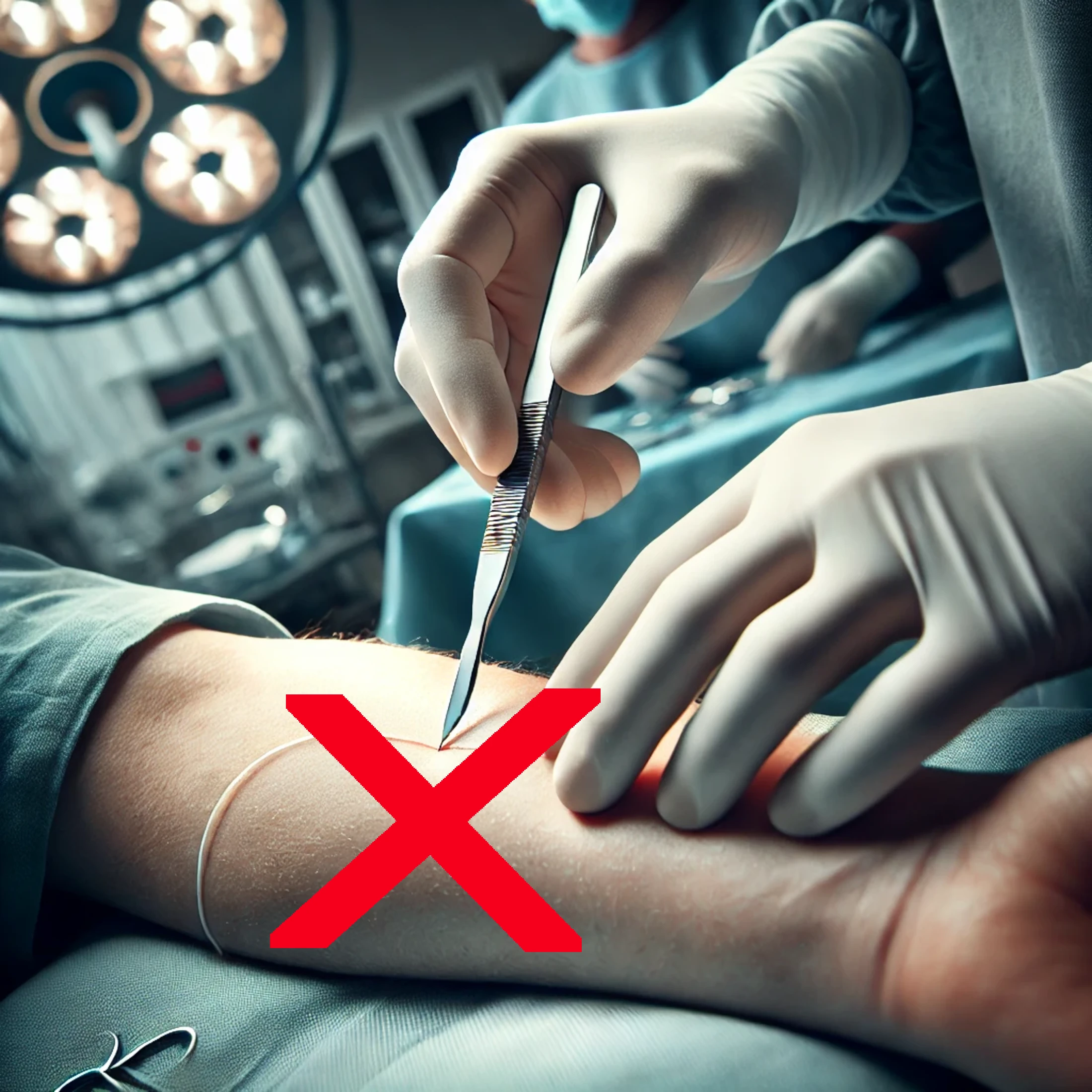
Where is the safest place for sick people? You might be tempted to answer “the hospital,” but unfortunately, at least in some countries, the rate of surgical mishaps seems to be on the rise.
Surgical doctors have: removed the wrong kidney, left items like scissors and towels inside patients' bodies, replaced the wrong cornea in an eye operation, removed the wrong part of a seizure-causing brain, and done the wrong procedure on the wrong patient. Such surgical mistakes can do irreversible damage to a patient.
One such man was Nicolas Nickels. Mr. Nickels had a serious bodily disease that spread to both of his arms. His right arm was still healthy enough for recovery, but his left arm was too far gone; it needed to be removed.
Nicolas was worried about his surgery and had told the nurse to be sure the doctor operates on the correct arm—the left one.
When the surgery was finished, the surgeon told Nicolas' wife that all had gone well—perfect. Unfortunately, when Nicolas woke up, his left arm was still attached, but half his right arm was missing. The doctor had amputated the wrong arm. It is an understatement to say that Nicolas was shocked.
As well, the doctor had to remove the bad arm later, leaving Mr. Nickels with no arms at all.
As it turns out, however, it wasn't completely the doctor's fault. It seems the hospital's record and information system had problems. Somewhere along the paper trail a nurse or administrator had accidentally identified the bad arm as the right instead of the left. The charge nurse noticed the mistake and changed it in the computer system. Unfortunately, even though the information was correct on the patient's clipboard, the surgical room's posted schedule and the doctor's copy did not get replaced.
A patient's clipboard, or chart, has all the information and history relating to the patient's illness or injury. It usually hangs on the end of the bed. It is constantly updated with each change in information and with each visit from a nurse or doctor. A simple review of the chart before surgery could have prevented the surgical mishap.
If you worry about having surgery, what can you do? The simplest thing you can do is to have your surgeon see you before the operation begins and before you are put under and have him mark the place of surgery on your body.
Insist on it! It's your body.